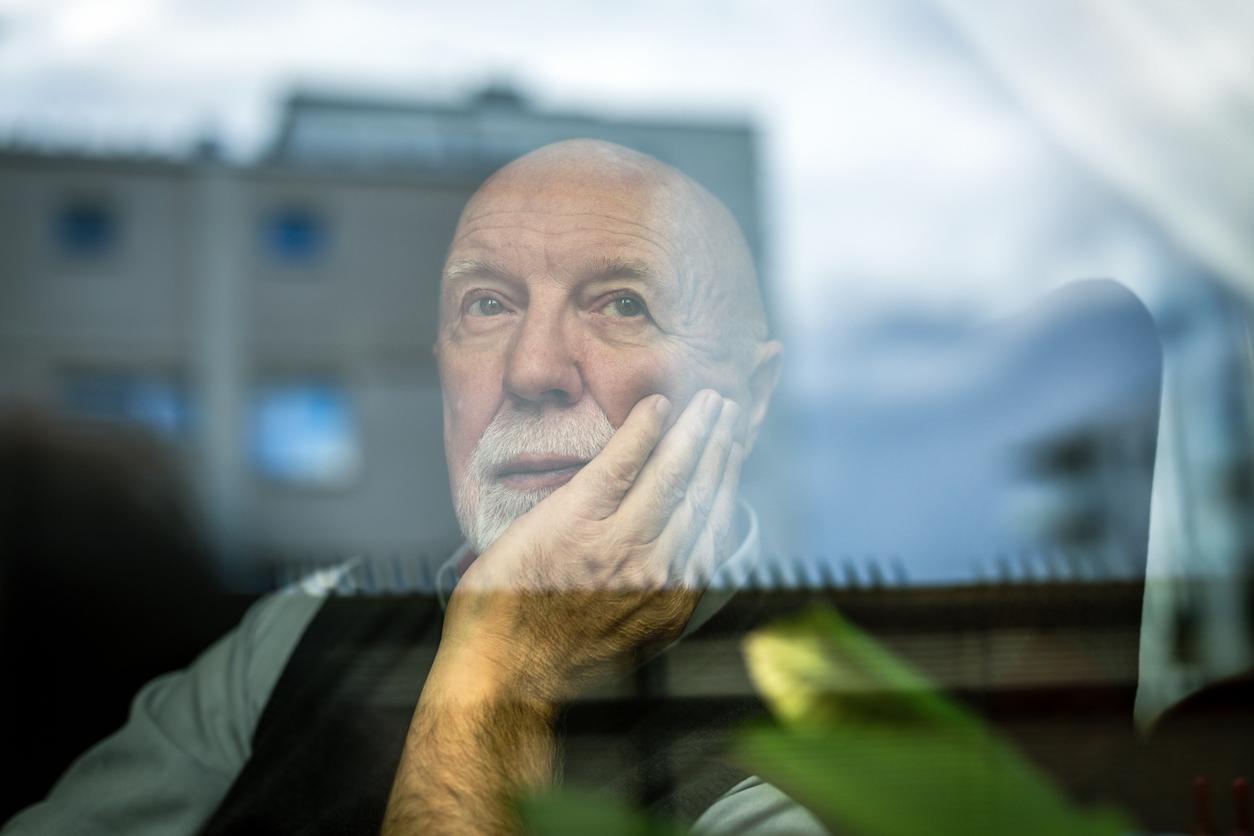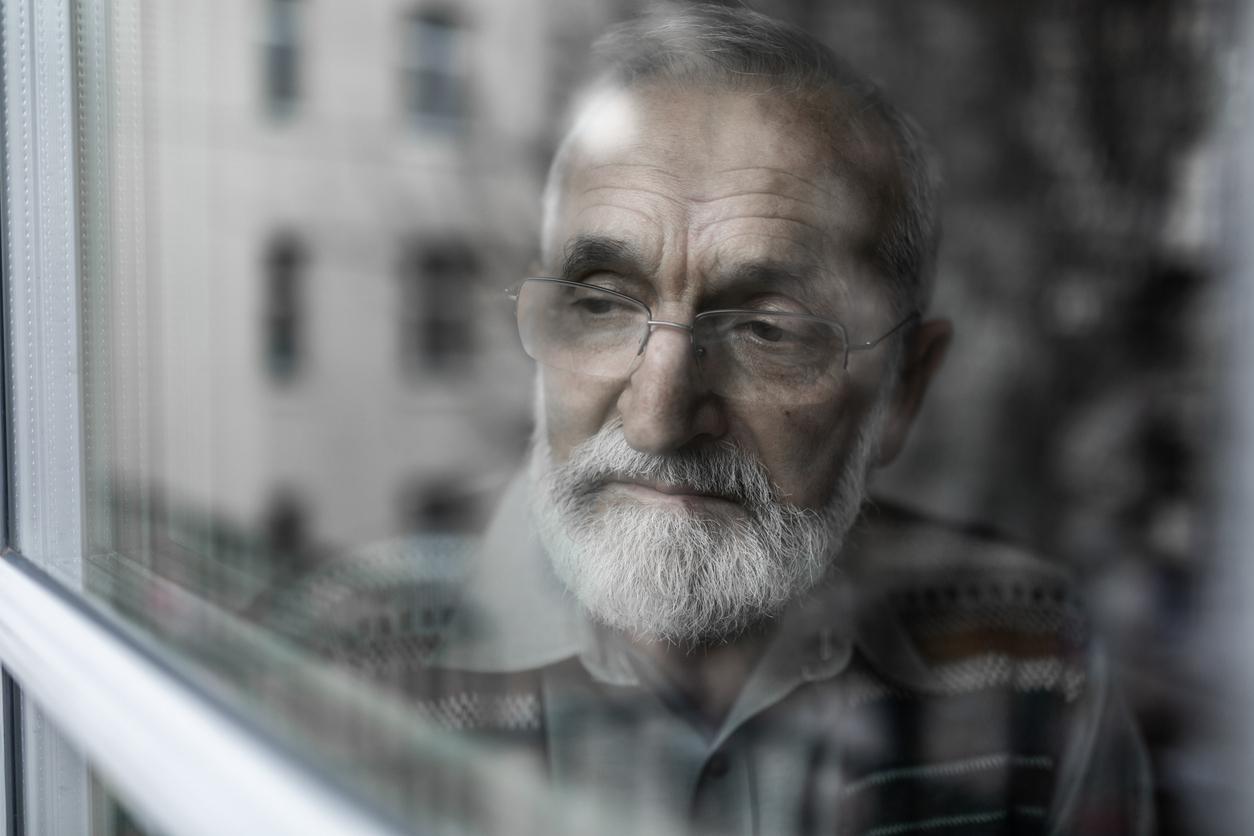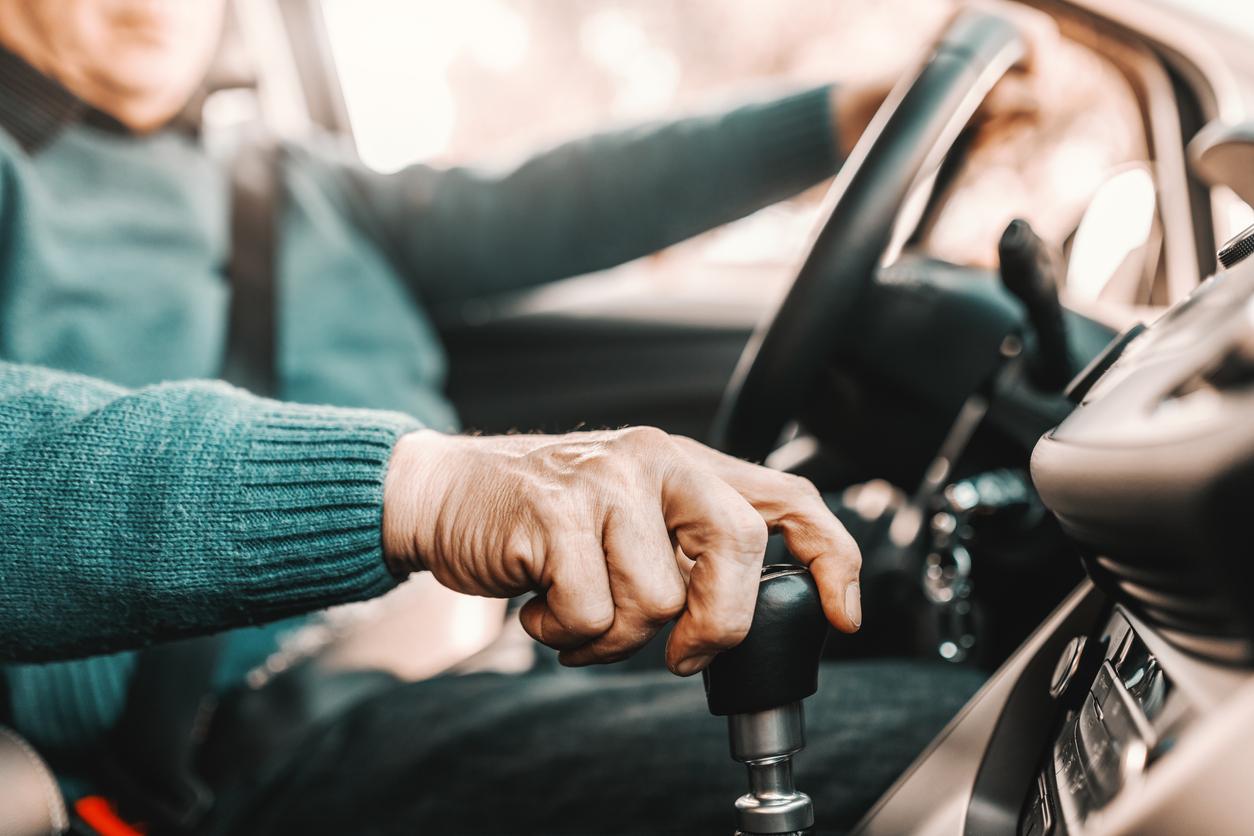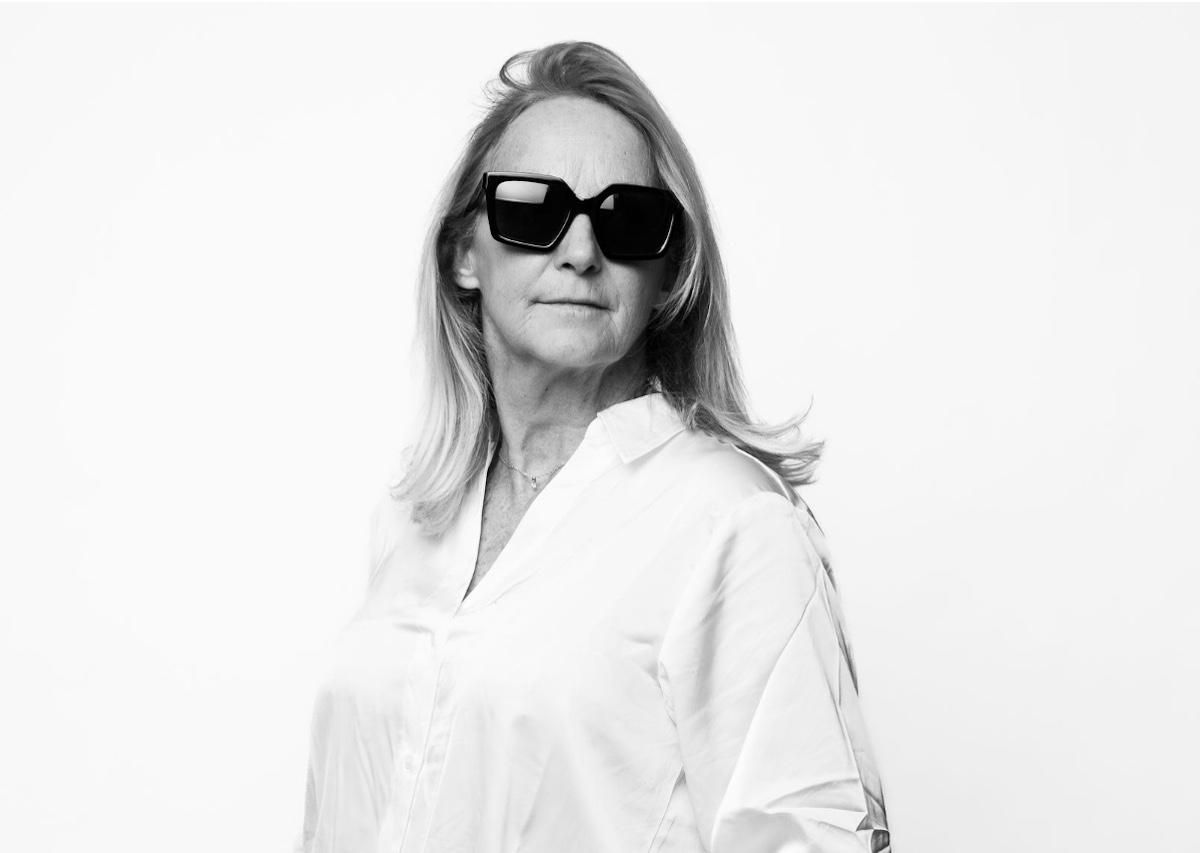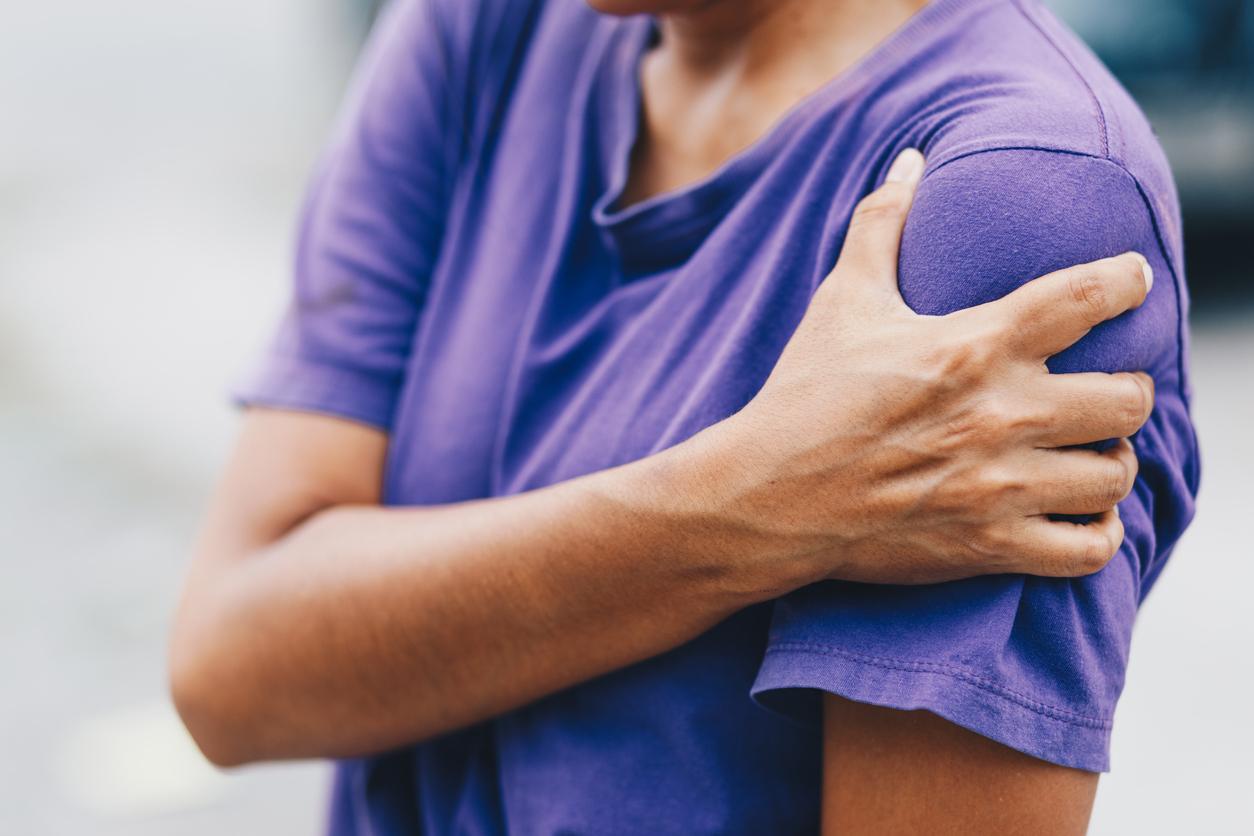As the phenomenon of extreme social isolation, known in Japanese as hikikomori, grows, doctors have developed a new tool to more easily diagnose this disorder.
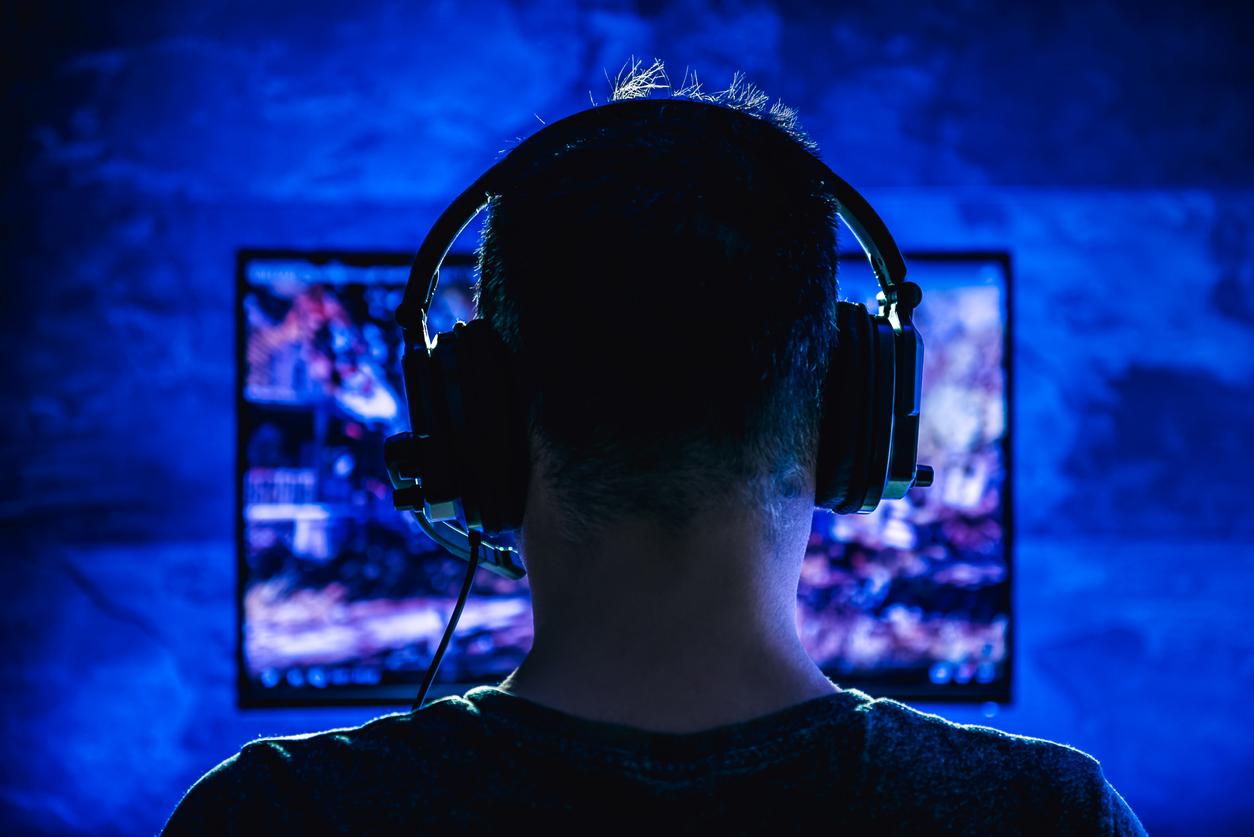
- Hikikomori is an extreme form of pathological social withdrawal. This phenomenon was first observed in Japan.
- It is increasingly observed in Western countries, especially since the pandemic.
- A psychiatrist has developed a tool to facilitate diagnosis.
At the end of the 1990s, Japan observed adolescents and young adults gradually cutting themselves off from society and living secluded in their rooms for several months, even years. These predominantly male “recluses” were called “reclusive hikikomoris” by the Japanese. First seen as a typically Japanese problem, it seems to be spreading to other countries. A phenomenon that worries professionals.
Hikikomori : what is this serious form of social withdrawal?
L’hikikomori is a form of pathological and extreme social withdrawal. People who suffer from it have three important characteristics:
- A confinement at home: some patients even remain secluded in a single room (most often their bedroom) ;
- A continuous social isolation of at least 6 months;
- of the functional impairments or significant distress: generalized anxiety about going out, feeling unable to meet society’s expectations, avoidance of social interactions.
This fear of the outside world usually appears during adolescence or early adulthood. It often leads patients to remain dependent on their parents. “However, onset after the thirties is not uncommon, and housewives and elderly people who meet the above criteria may also receive the diagnosis”specifies an article published in the journal world Psychiatry in 2020.
Covid-19 has boosted the phenomenon hikikomori around the world
According to estimates taken by the Figaroaround a million people are estimated to be living locked up in their homes in Japan. This represents almost 3.3% of the country’s population aged 15 to 50. The syndrome ofhikikomori affects more and more Westerners and the phenomenon has accelerated with the SARS-CoV-2 pandemic.
“When Covid-19 hit, people started spending more time alone, going into their own caves”explains American psychiatrist Dr Alan Teo who studied this disorder in a communicated. “It has affected the way we live. Additionally, technology encourages us to look at our screens and not necessarily look each other in the eye. I think all these factors push more people towards the risk of hikikomori“adds the expert.
Extreme social isolation: a tool to better diagnose it
“Patients who have heard about hikikomori still don’t know what exactly they are or how they might be evaluated clinically.”explains Dr. Alan Teo in a press release. “The family members searched for therapists and psychiatrists who could help them, and they found themselves at a dead end.”
To help health professionals better understand this anxiety disorder and distinguish it from other forms of mental illness, the psychiatrist has developed a diagnostic assessment tool Hikikomori (Or HiDE). It has specific structured interview items and questions for doctors to diagnose the disease.
The doctor Teo plans to complete HiDE with clinical advice to actually treat the disease once it has been accurately diagnosed. “We don’t know which treatments work and which treatments don’t”he admits. “We are trying to take things one step at a time. You can’t treat something if you can’t agree on what it is and you can’t diagnose it in the first place.”








